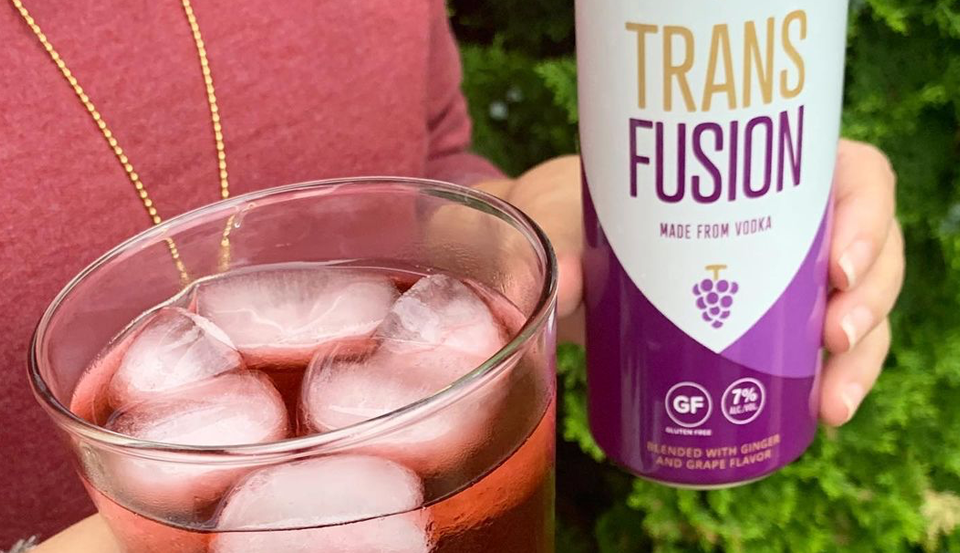
Pick up orders have no service fees, regardless of non-Instacart+ or Instacart+ membership. Instacart+ membership waives this like it would a delivery fee. There may be a "pickup fee" (equivalent to a delivery fee for pickup orders) on your pick up order that is typically $1.99 for non-Instacart+ members. With an optional Instacart+ membership, you can get $0 delivery fee on every order over $35 and lower service fees too.

100% of your tip goes directly to the shopper who delivers your order. It's a great way to show your shopper appreciation and recognition for excellent service. Tipping is optional but encouraged for delivery orders. Orders containing alcohol have a separate service fee. Service fees vary and are subject to change based on factors like location and the number and types of items in your cart. Fees vary for one-hour deliveries, club store deliveries, and deliveries under $35. Links Drinks, aims to make their take on the Transfusion cocktaila golf club staple consisting of vodka, ginger ale, and a concord grape juicegolfers’ go-to beverage cart can. Delivery fees start at $3.99 for same-day orders over $35. Therefore, patients are far more likely to experience a noninfectious serious hazard of transfusion than an infectious complication.Here's a breakdown of Instacart delivery cost: 16 However, there has been no progress in preventing noninfectious serious hazards of transfusion, despite improvements in blood screening tests and other related medical advances. 17 Noninfectious serious hazards of transfusion are up to 1,000 times more likely than an infectious complication. 16 Transfusion-related infections are less common because of advances in the blood screening process the risk of contracting an infection from transfusion has decreased 10,000-fold since the 1980s. The AABB (formerly known as the American Association of Blood Banks) uses the term “noninfectious serious hazards of transfusion” to classify noninfectious complications. Acute complications occur within minutes to 24 hours of the transfusion, whereas delayed complications may develop days, months, or even years later. Transfusion-related complications can be categorized as acute or delayed, which can be divided further into the categories of noninfectious ( Table 5 16 ) and infectious ( Table 6 16, 17 ). Platelets should not be transfused in patients with thrombotic thrombocytopenic purpura or heparin-induced thrombocytopenia unless a life-threatening hemorrhage has occurred. Transfusion of plasma should be considered in a patient who has an International Normalized Ratio greater than 1.6 with active bleeding, or in a patient receiving anticoagulant therapy before an invasive procedure.

RCTs in adults and children with a critical illnessĪ restrictive transfusion strategy (hemoglobin level of 7 to 9 g per dL ) should not be used in preterm infants or children with cyanotic heart disease, severe hypoxemia, active blood loss, or hemodynamic instability.

The threshold for transfusion of red blood cells should be a hemoglobin level of 7 g per dL (70 g per L) in adults and most children. All noninfectious complications of transfusion are classified as noninfectious serious hazards of transfusion. Transfusion-related infections are less common than noninfectious complications. Cryoprecipitate is used in cases of hypofibrinogenemia, which most often occurs in the setting of massive hemorrhage or consumptive coagulopathy. Platelet transfusion is indicated to prevent hemorrhage in patients with thrombocytopenia or platelet function defects. Fresh frozen plasma infusion can be used for reversal of anticoagulant effects. Indications for transfusion include symptomatic anemia (causing shortness of breath, dizziness, congestive heart failure, and decreased exercise tolerance), acute sickle cell crisis, and acute blood loss of more than 30 percent of blood volume. Transfusion of red blood cells should be based on the patient's clinical condition. Red blood cell transfusions are used to treat hemorrhage and to improve oxygen delivery to tissues.


 0 kommentar(er)
0 kommentar(er)
